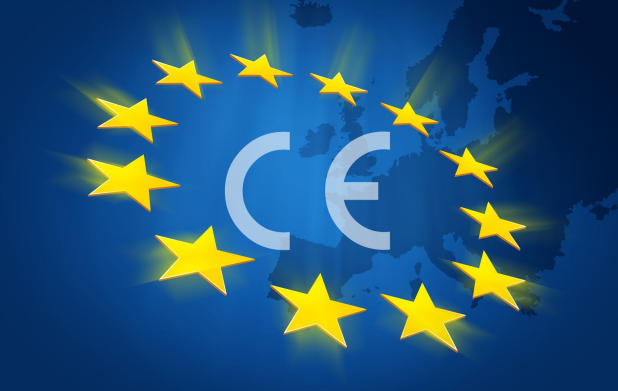If you are an exporter of electrical products, obtaining an International Electrotechnical Commission (IEC) System of Conformity Assessment Schemes for Electrotechnical Equipment and Components (IECEE) certification is crucial to ensure safety and quality compliance with your target markets. In this article, we will guide you through the process of obtaining IECEE certification and how it can benefit your electrical products export business.
What is IECEE Certification?
IECEE certification is a globally recognized standard for electrical equipment and components testing and certification. It ensures that your electrical products meet international safety standards, such as IEC and EN standards, and other requirements relevant to your target markets.

Why is IECEE Certification Essential for Exporters?
Ensures Product Safety
IECEE certification ensures that your products conform to international safety standards, protecting your customers from hazards or accidents caused by faulty products. It also assures your customers of the quality and safety of the product they are purchasing, enhancing their trust in your brand.
Complies with Local Regulations
In many countries, including the European Union, IECEE certification is mandatory for electrical products to gain market access. By obtaining IECEE certification, exporters can ensure they meet both the international standards and any local regulations necessary.
Increases Competitive Advantage
IECEE certification can give you a competitive advantage over non-certified competitors. It demonstrates your commitment to quality and safety, builds trust with customers, and enhances your reputation as a reliable supplier of high-quality products.
Streamlines Market Access
IECEE certification simplifies market access processes as it is accepted in many countries worldwide. Once certified, electrical products can be sold in any country where IECEE certification is accepted, reducing the time and costs required to comply with different national certification procedures.

How to Obtain IECEE Certification?
The process to obtain IECEE certification requires a few basic steps:
Determine Your Certification Needs
Determine which certification scheme is appropriate for your product category. The scheme can be identified by referring to the relevant IEC standards and the IECEE website.
Select a Certification Body
Choose a certification body that is accredited by the IECEE. The accredited certification body must have the necessary competence to perform testing, inspecting, auditing and certifying your electrical products.
Testing and Evaluation
Testing and evaluation comprise several steps, including initiating the certification process, identifying applicable safety standards, conducting on-site inspections, testing samples and producing test reports, and issuing the certificate once the product meets the stipulated safety standards.
Issuance of IECEE Certificate
Once the product has been tested and found to be compliant with the safety standards, a certification body will issue an IECEE certificate.
Periodic Review
To maintain the IECEE ಪ್ರಮಾಣಪತ್ರ, the product needs to undergo periodic review and surveillance audits to ensure continued compliance with the safety standards throughout the product’s life cycle.
Conclusion
IECEE certification is essential for exporters of electrical products as it ensures product safety, compliance with local regulations, increases competitive advantage, and streamlines market access processes. Following the steps outlined above, exporters can obtain IECEE certification, enhance their reputation, and gain access to a global market for their electrical products. With the increasing emphasis on safety standards worldwide, IECEE certification will not only enable exporters to meet current challenges, but also future-proof their businesses.












